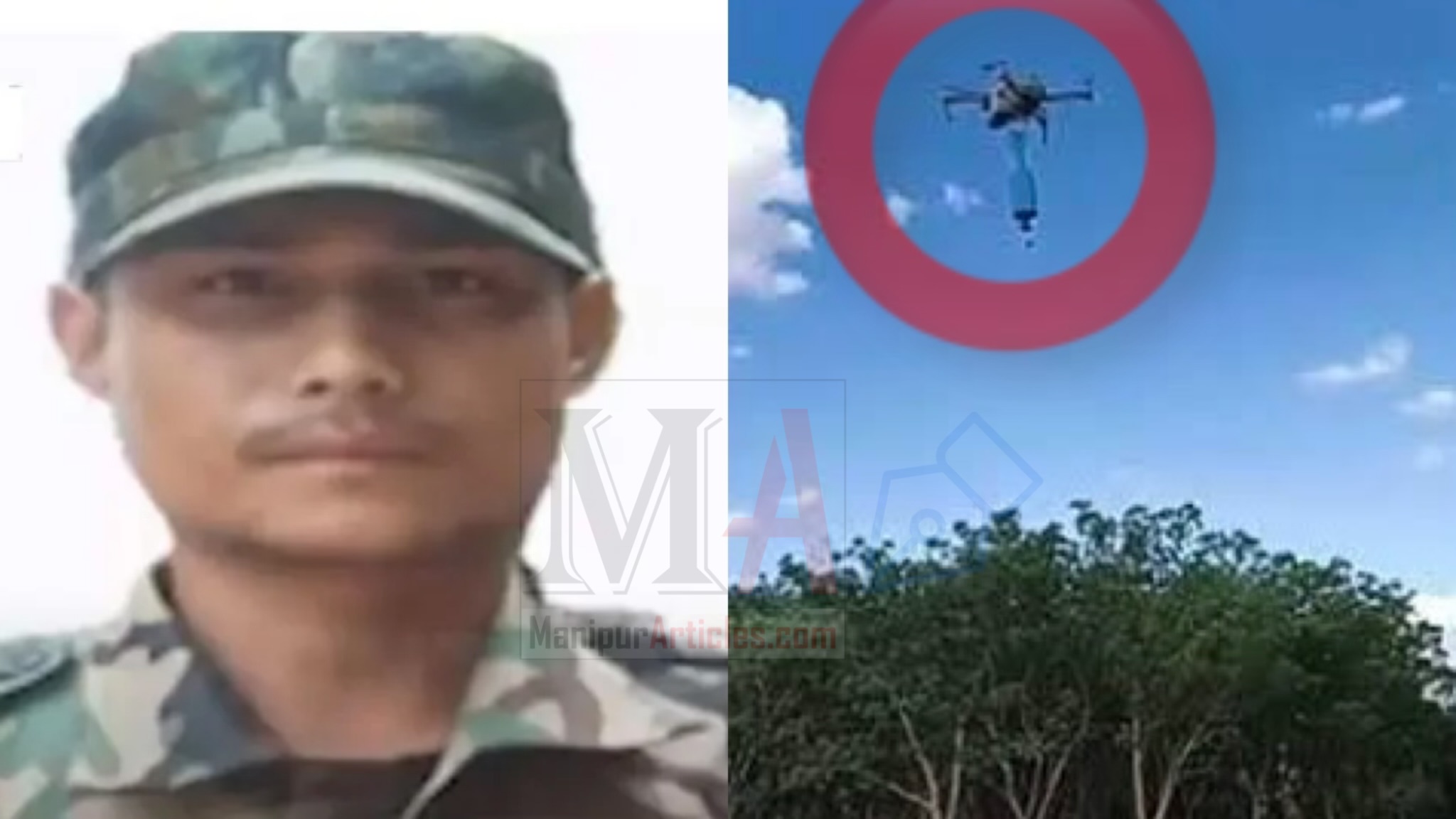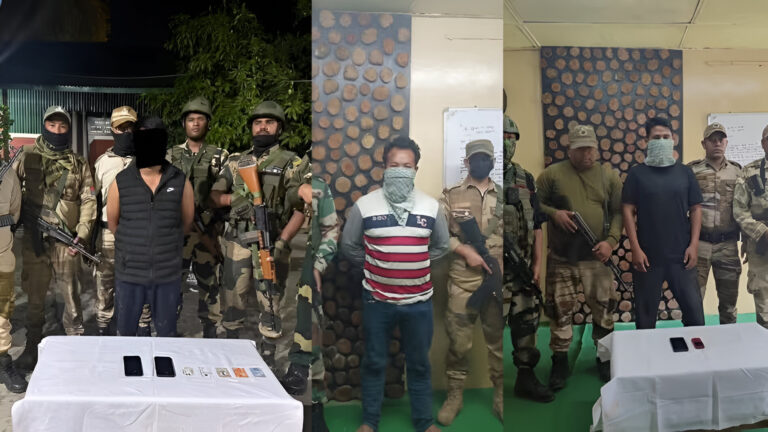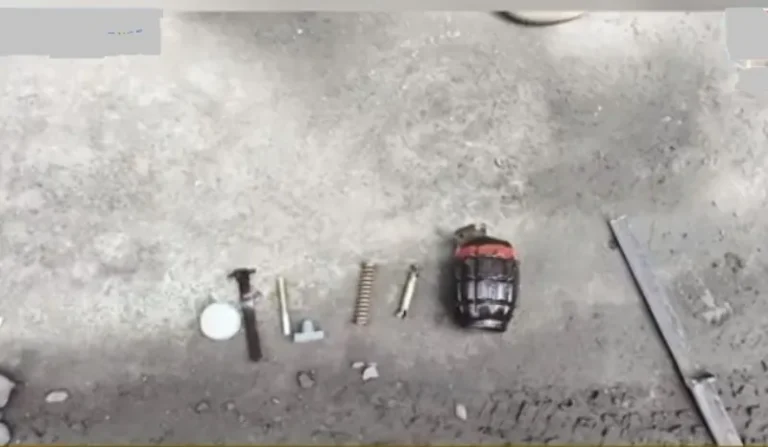Manipur: One Prepak Killed, Five Injured in Drone Attacks at Myanmar Border
A drone bombing followed by a fierce firefight along the Manipur–Myanmar border on August 30, 2025 left one active cadre of the banned People’s Revolutionary Party of Kangleipak (Prepak) dead and five others wounded. The clash — reported to have involved several Manipur-based underground outfits and support from the Myanmar-based Kuki National Army (Burma) — lasted around two hours. The deceased was identified as Nongtheonbam Malemnganb (Thonglen), 27, a Prepak cadre. The incident is the latest in a growing series of drone-enabled attacks and cross-border clashes in the region, raising fresh questions about technology, tactics and civilian risk along the porous frontier.
The instant replay: what the reports say
Here’s the core timeline, stripped down and clear:
- On August 30, 2025, at about 11:45 am, a drone bombing struck an area along the Manipur–Myanmar border. The drone attack was followed by a two-hour-long exchange of gunfire between Manipur-based underground groups and forces supported by the Myanmar-based Kuki National Army (Burma).
- The firefight resulted in one fatality — identified as Nongtheonbam Malemnganb, also known as Thonglen, aged 27, a Prepak cadre — and five other insurgents from different groups sustained injuries.
- Prepak officially expressed grief for its dead cadre; the incident is being reported by local news agencies and picked up across regional outlets. The public statement and battlefield reports tie together a narrative of drone-launched explosives followed by direct engagements between opposing militant factions and allied forces on both sides of the border.
That’s the factual spine — what follows is interpretation, context and the big-picture implications.
Who are the actors on the field? A short primer
A few names and groups keep coming up in these reports. Here’s a plain-language guide so you don’t get lost:
- Prepak (People’s Revolutionary Party of Kangleipak) — a banned Manipur insurgent group; the casualty reported on August 30 belonged to this outfit.
- Kuki National Army (Burma) — a Myanmar-based rebel group that has been linked in reports to operations near the Indo-Myanmar border and is sometimes mentioned as supporting certain actors aligned with Kuki interests. The August 30 clash was reported to involve support from KNA (Burma) for the “Indian occupationist forces” in the communique cited by local PR channels.
- Other Manipur-based underground outfits — reporting indicates cadres from multiple underground entities (including other Kanglepak or UNLF-affiliated groups) were involved or affected, as the fighting involved militants from more than one outfit.
Why does this matter? Because unlike older days when insurgent clashes were largely foot-slog, local events now draw in transnational networks, external proxies, and weapons delivered by airborne drones — and that multiplies the complexity.
Names matter: who was N Malemnganba (Thonglen)?
Human beings are not just “casualties” in conflict narratives — they are family members, neighbors, and community actors. The slain cadre, Nongtheonbam Malemnganb (Thonglen), 27, was described in reports as an “active” member of Prepak who had basic military training and was a resident of Awang Wabagai in Kakching district. Prepak’s public communique paid respects and highlighted his recruitment year (reported as 2023), indicating he was a relatively recent joiner who may have gone through condensed training cycles during the post-2023 mobilisations.
FAQs (Five Unique Questions & Answers)
Q1 — Who died in the August 30 drone attack and which group claimed him?
A1 — Reports identify the deceased as Nongtheonbam Malemnganb (Thonglen), 27, an active cadre of the banned Prepak. Prepak issued a statement expressing grief for his death.
Q2 — Were drones actually used, or is that just speculation?
A2 — Local reporting specifically describes a drone bombing followed by ground fighting. Drones have been repeatedly used in northeast incidents over the past year, making the claim consistent with established patterns; forensic confirmation (debris, munitions analysis) is the surest way to corroborate specifics.
Q3 — Who else was involved in the clash besides Prepak?
A3 — The encounter reportedly involved cadres from multiple Manipur-based underground outfits, and the communique mentions support from Myanmar-based Kuki National Army (Burma) on one side. The fighting reportedly lasted around two hours and left five other militants injured.
Q4 — Does this mean the conflict will spill further across the India–Myanmar border?
A4 — Cross-border spillovers are a real risk when insurgent groups operate in neighbouring sanctuaries. Recent months have seen drone incidents and reported cross-border operations, prompting military and diplomatic attention. But whether this incident becomes a broader cross-border crisis depends on follow-up actions by security forces and diplomatic channels.
Q5 — What should journalists and citizens do to follow this story responsibly?
A5 — Rely on verified official updates and established media outlets, avoid amplifying unverified social-media claims, and watch for forensic and police briefings that supply concrete evidence (like recovered drone parts or formal charge-sheets). Also, support humanitarian needs for affected civilians rather than stoking retribution narratives.



